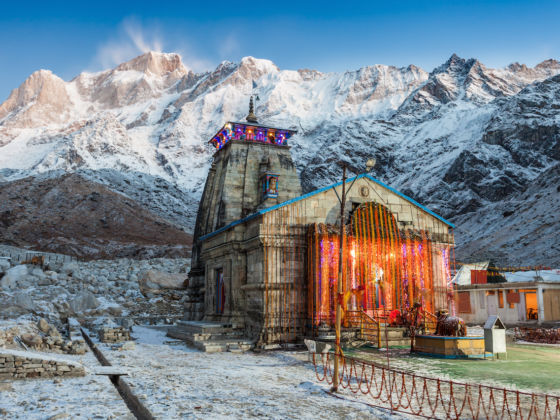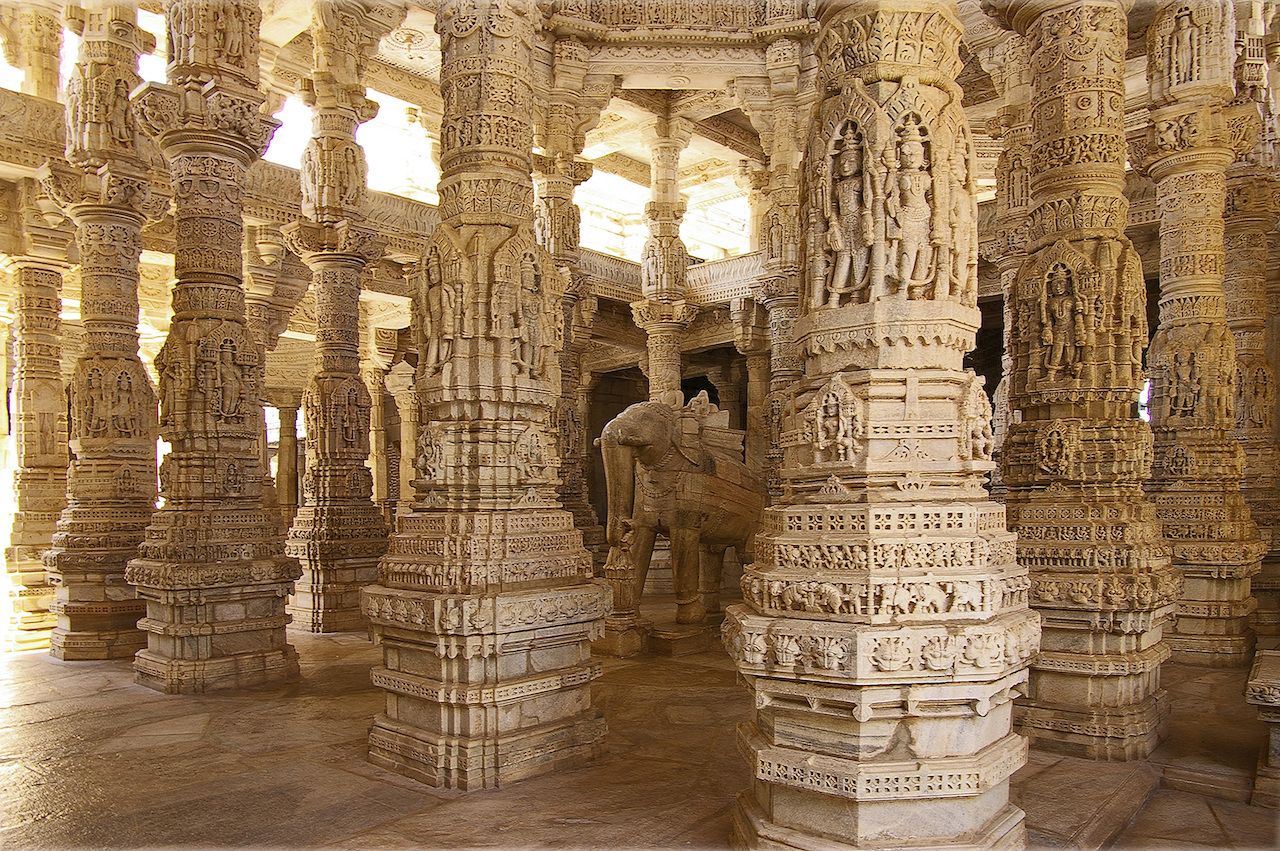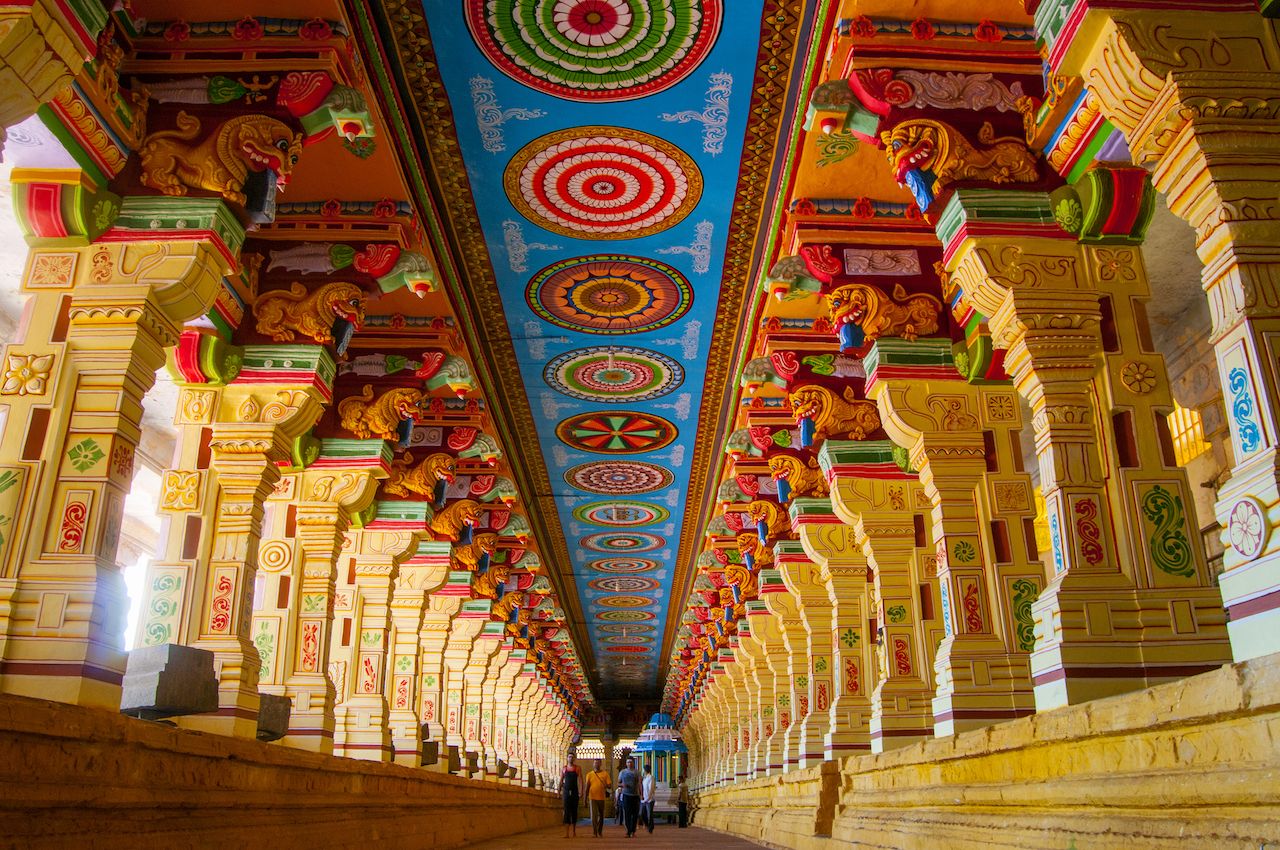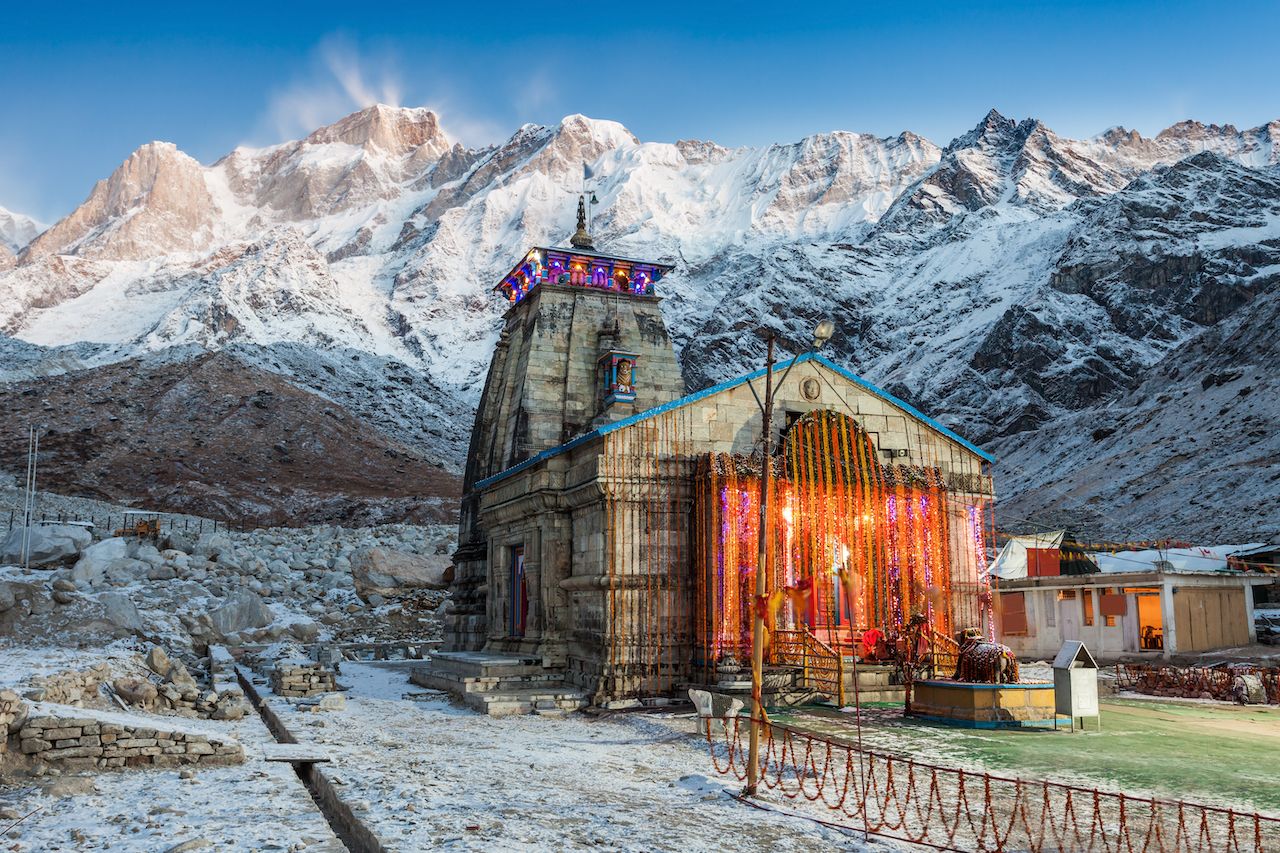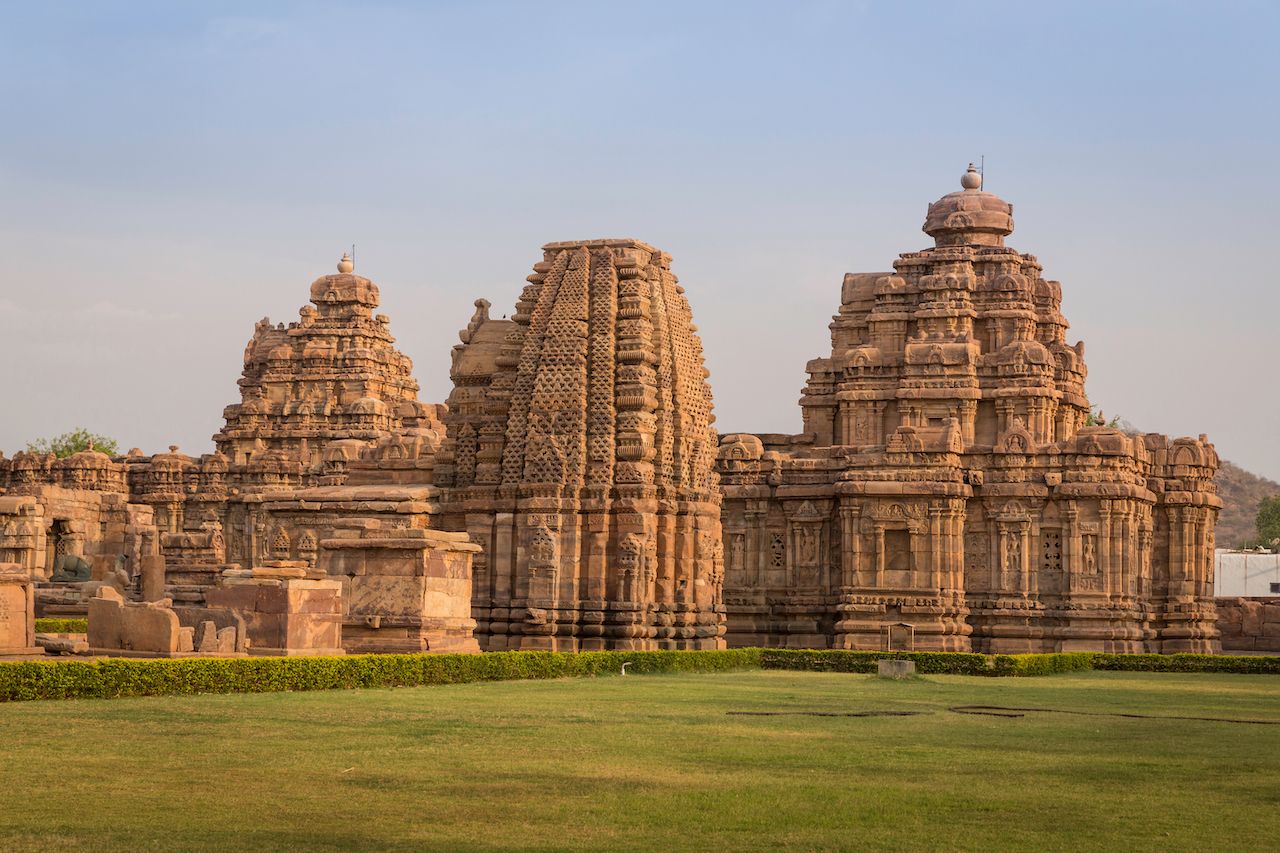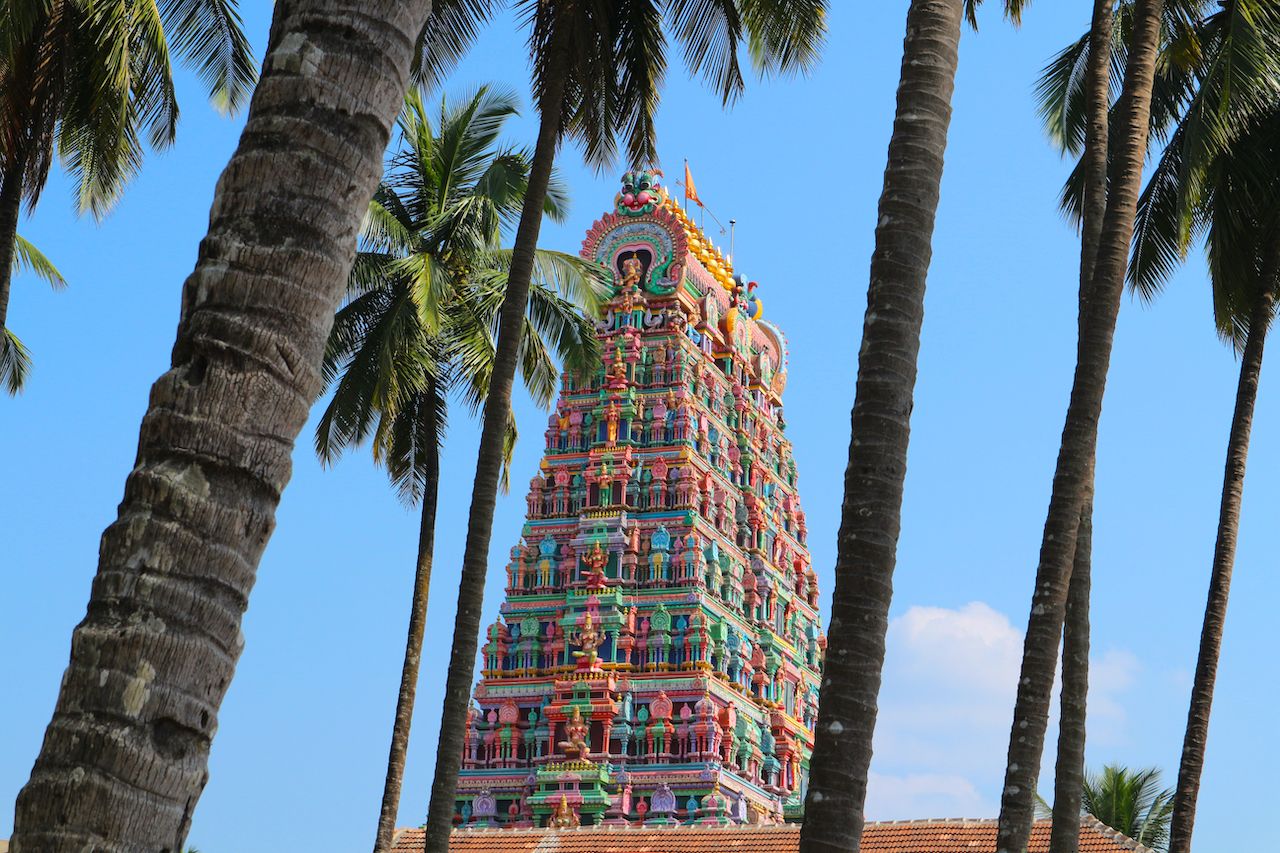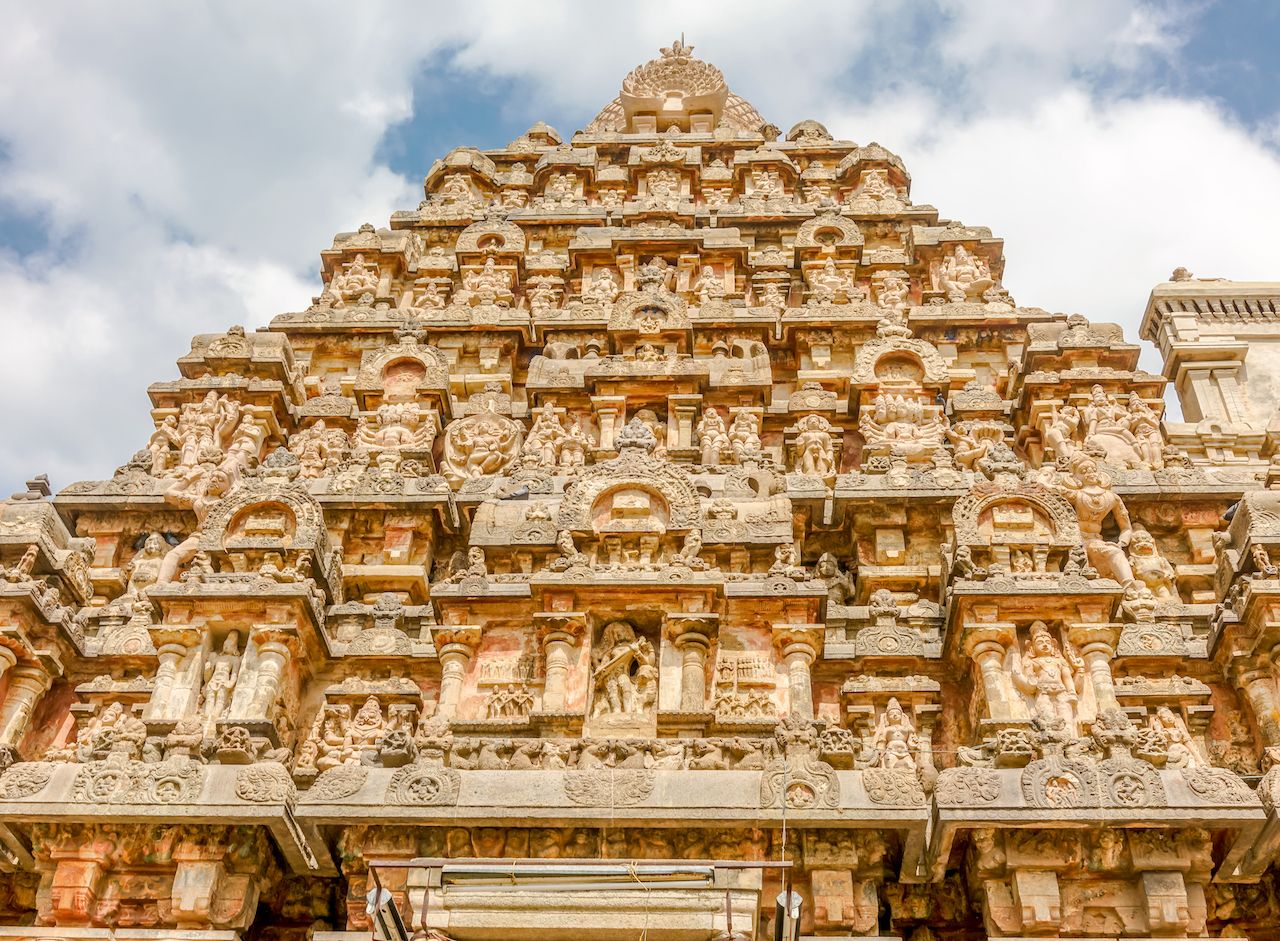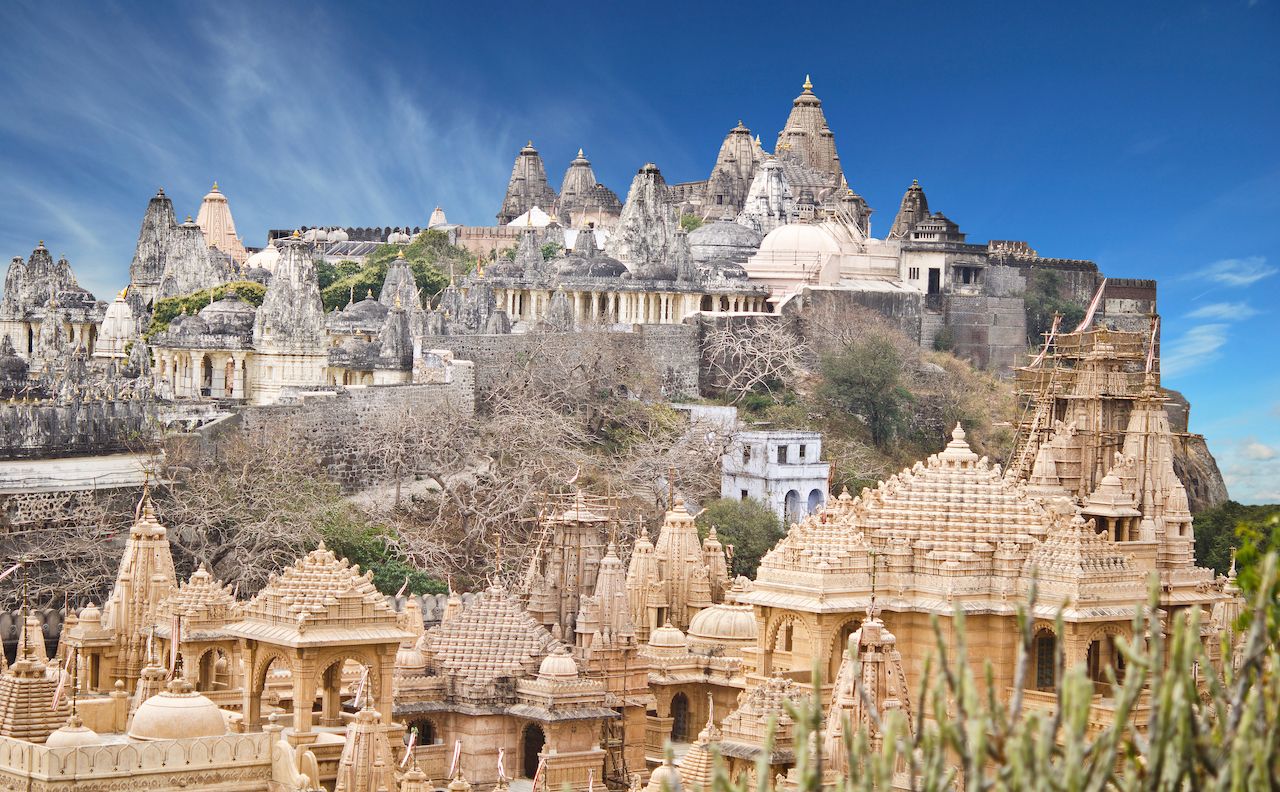India has an area of 1.3 million square miles, a population of 1.3 billion, and a history tracing back at least 30,000 years, and still, the Taj Mahal hogs all the attention. Yes, it’s a crowning achievement of Mughal architecture. And sure, you probably want one of those photos that makes it look like you’re holding it by the dome. But it’s easy to lose sight of just how much the subcontinent has to offer beyond the big marble landmark — including its two million plus temples.
While holy sites like the Golden Temple in Amritsar and Sri Meenakshi have made their way onto the sightseeing circuit, many of the most impressive Hindu and Jain structures in India still fly under the radar of most visitors. Here are nine temples you’ve probably never heard of that definitely deserve a spot on your Indian itinerary.
